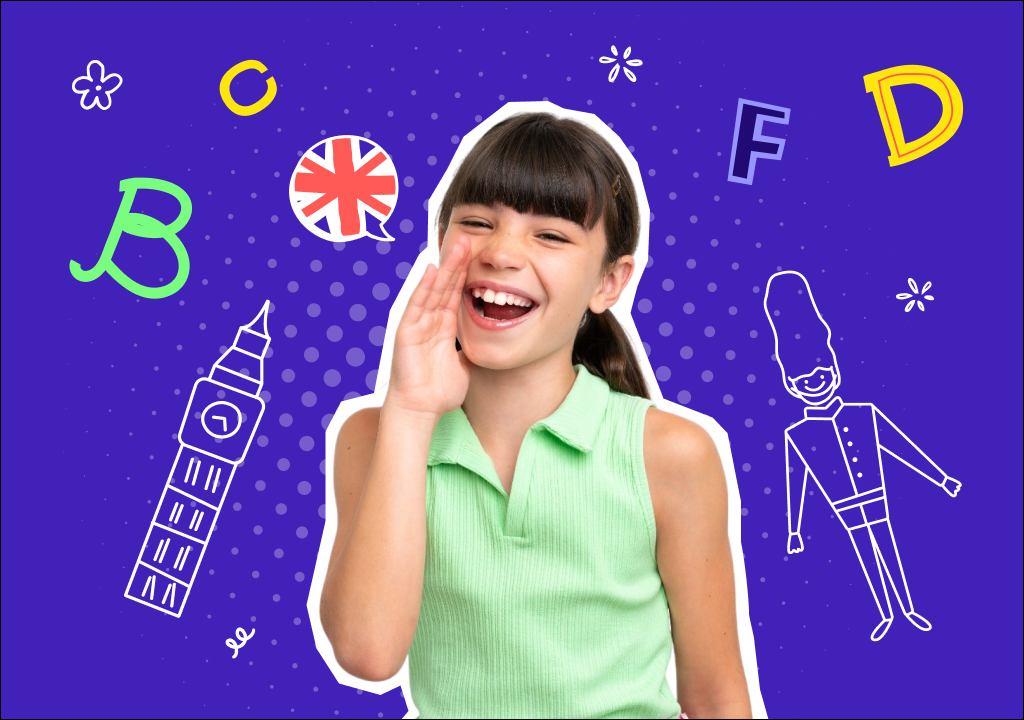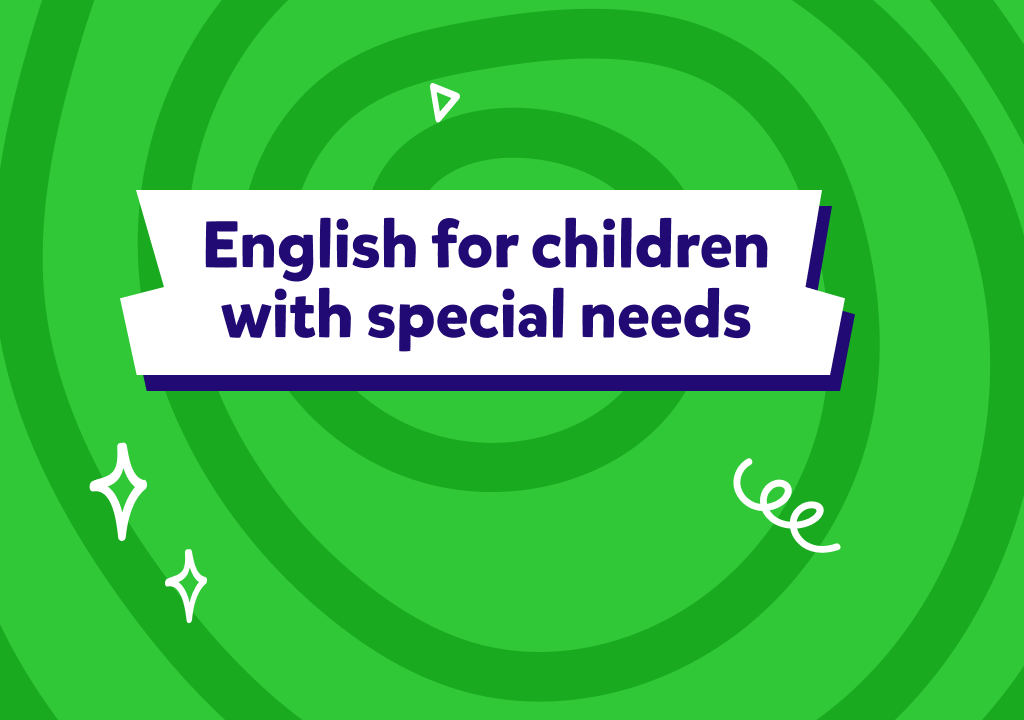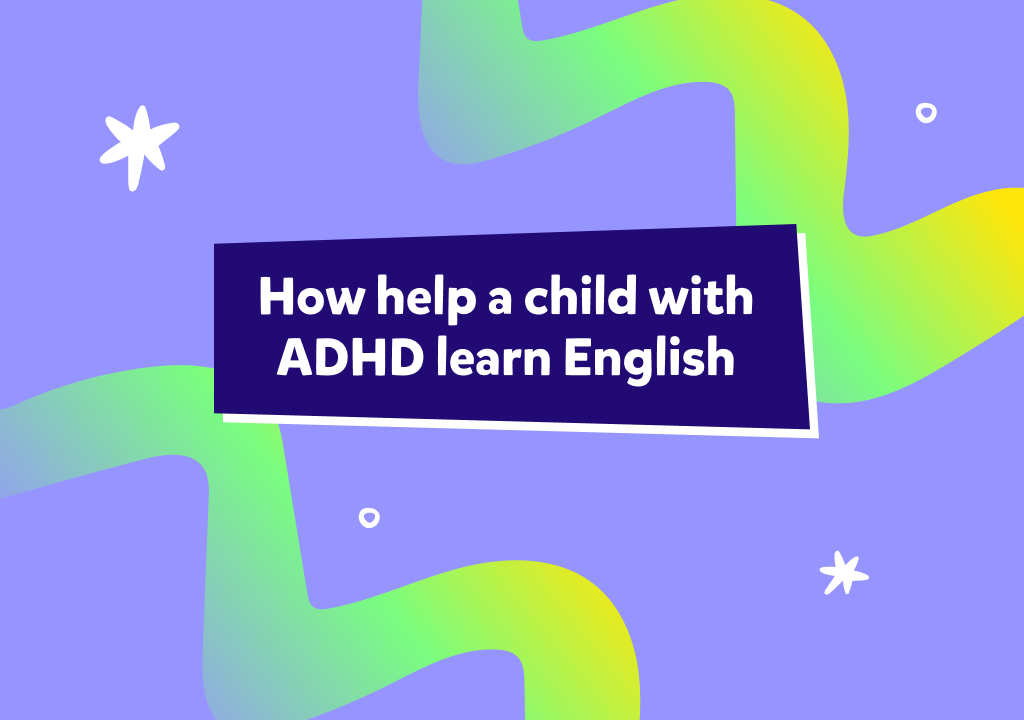Exploring the Influence of Slang and Informal Language in ESL Education
- The Role of Slang in Language Learning
- Benefits of Teaching Slang and Informal Language
- Challenges of Understanding Slang
- Effective Strategies for Incorporating Slang in ESL Instruction
- Examples of Common Slang and Informal Expressions
- Addressing Potential Pitfalls
Learn all about how slang and informal language impact ESL education. Discover effective strategies for integrating these elements into ESL lessons for an effective language learning experience.
Have you ever wondered how everyday slang and informal language can shape the way we learn English? From conversations with friends to interactions online, slang plays a significant role in how language evolves and adapts to the modern day. In ESL education, understanding slang is all about navigating real-life communication and cultural nuances.
For English learners, slang can be both a challenge and an opportunity. It reflects current trends and expressions used by native speakers, offering insights into cultural contexts and social dynamics. Imagine learning English not only through textbooks but also through conversations peppered with expressions like “cool,” “hang out,” or “chill.”
Parents, too, may wonder how slang influences their children’s language-learning journey. As they support their children’s education, understanding the role of slang in ESL can provide insights into how language evolves and how their children can effectively navigate both formal and informal language settings.
This article explores the impact of slang and informal language in ESL education, offering tips and strategies to help learners master these elements in their journey toward English fluency.
The Role of Slang in Language Learning
Slang is crucial in language learning as it exposes learners to how native speakers communicate informally, using everyday expressions and trendy phrases beyond formal textbooks. This helps bridge the gap between classroom English and real-life conversations, enhancing fluency and confidence in social interactions.
Furthermore, slang offers insights into norms and values, revealing societal trends and regional variations. Understanding slang enriches learners’ awareness and prepares them to navigate diverse language environments with greater adaptability.
Benefits of Teaching Slang and Informal Language
While slang isn’t often encouraged in education, teaching slang and informal language in language education has many benefits.
Firstly, it exposes students to authentic language use that reflects how native speakers communicate in everyday settings. This exposure helps learners understand colloquial expressions, idiomatic phrases, and cultural references that are essential for fluency in real-life conversations.
Secondly, learning slang bridges the gap between formal textbook English and informal speech, making language learning more relevant and practical. It enhances students’ ability to communicate naturally and confidently.
Moreover, teaching slang enhances cultural understanding by providing insights into variations, societal norms, and values embedded within language. It promotes cultural sensitivity and awareness, helping students navigate cultural landscapes with respect and comprehension.

Challenges of Understanding Slang
While teaching slang and informal language in language education offers numerous benefits, it also presents several challenges.
One challenge is striking a balance between teaching formal and informal language. Educators need to ensure that students understand the appropriate contexts for using slang and informal expressions versus more formal language. This involves teaching students the nuances of language use in different settings, such as when to use formal language in academic or professional environments versus informal language in casual conversations.
Another challenge lies in the diversity and evolution of slang. Slang terms and expressions can vary significantly across regions and change quickly over time due to cultural influences and societal trends. Educators must stay updated with current language trends to provide accurate and relevant instruction.
Navigating these challenges requires educators to adopt flexible teaching strategies that integrate both formal and informal language. By promoting an understanding of when and how to use slang in different contexts, educators can equip students with language skills while still being culturally sensitive and aware.
Effective Strategies for Incorporating Slang in ESL Instruction
Incorporating slang into ESL instruction can be achieved through strategies that engage learners and promote practical skills. Here are some examples:
Movies, TV Shows, and Music: Utilizing media exposes learners to authentic slang and informal language used in real-life contexts. Watching movies, TV shows, and listening to music helps students understand expressions and references.
Social Media and Online Content: Integrating social media platforms and online content allows students to explore current slang trends and engage with interactive resources. Platforms like YouTube, Twitter, and blogs provide great sources for learning language use.
Role-playing and Simulations: Engaging students in role-playing scenarios encourages them to practice using slang in realistic situations. This helps to enhance fluency and confidence in communication.
Group Discussions and Debates: Organizing group discussions and debates around current topics encourages students to express opinions using informal language.
Language Exchange Programs: Participating in language exchange programs allows students to interact with native speakers and learn slang in authentic conversations. This experience promotes cultural understanding and language fluency.
Examples of Common Slang and Informal Expressions
Now that we’ve learned what slang is, the benefits and challenges that come from teaching slang, and the strategies that are best used for doing some, let’s talk about some actual examples of how slang is used in English in everyday life.
Greetings and Farewells
Hiya: Informal greeting, similar to “hello.”
Catch you later: Informal way to say goodbye, meaning “see you later.”
Expressions and Idioms
Hang out: To spend time with friends casually.
Piece of cake: Something that is very easy to do.
Contextual Usage
Cool: Used to express approval or agreement. Example: “That movie was really cool!”
Chill: To relax or calm down. Example: “Let’s just chill at home tonight.”
Understanding Tone and Intent
Dude: Informal term for addressing a male friend. Example: “Hey dude, what’s up?”
No worries: Used to reassure someone or say, “it’s okay.” Example: “I forgot to bring my book, but no worries, I can borrow yours.”
Addressing Potential Pitfalls
Before we go, it’s important that address potential pitfalls regarding slang. Be sure to balance the integration of slang with foundational language skills. While slang enhances conversational fluency, educators should also emphasize core aspects of grammar, vocabulary, and formal language.
It’s also crucial to educate students about using language respectfully and responsibly. Discussing the potential impact of inappropriate or offensive language helps students understand the importance of using slang in appropriate contexts. Establishing clear guidelines and boundaries for language use in the classroom helps maintain a respectful and inclusive learning environment.
While using slang and informal language in ESL classes enhances conversational skills, educators should balance it with real language skills. It’s important to educate students on respectful language use and set clear guidelines to maintain a positive learning environment. By doing so, ESL educators can effectively teach slang and enrich learning and communication among ESL students students!






































